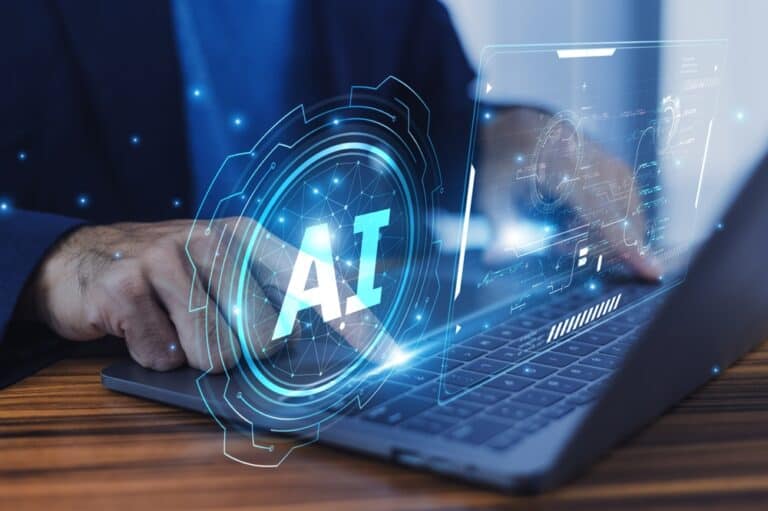GenAI is increasingly taking over work that was previously considered impossible to automate. Tasks such as analyzing, summarizing, advising, and writing are now being performed in practice by systems such as Microsoft Copilot.
This is evident from a large-scale analysis of 200,000 conversations between business users and Copilot, conducted over nine months in 2024. In these conversations, users not only used AI for support, but also explicitly instructed the algorithm to perform business tasks independently. This includes rewriting reports, generating customer-focused emails, and explaining complex policy information.
In many cases, AI is now used not just as a tool, but primarily as a fully-fledged performer. The impact of this shift is immediately noticeable in sectors where language, knowledge, and communication are central, according to the researchers. These include roles in administration, marketing, legal support, communication, and consultancy. These are fields in which professionals, until recently, considered human expertise to be indispensable.
To determine the true scope of this development, the researchers linked all AI interactions to the American O*NET classification system for work activities. The results show that AI most often performs tasks independently that are characteristic of highly educated, well-paid professions. It is precisely in these professions that the overlap with what AI already does in practice is greatest.
GenAI highly suitable for knowledge work
Where previous technologies focused on repetitive physical labor, generative AI appears to be ideally suited to knowledge work. This includes processing text, structuring information, and providing substantive input. These are precisely the types of tasks that for years were considered immune to automation. As a result, this work remained largely outside the scope of traditional technological threats.
The researchers distinguish between two forms of AI impact. In augmentation, humans remain involved. In this case, AI supports, accelerates, or supplements. In automation, humans largely disappear from the process: the task is performed entirely by the machine, often without any substantive intervention. The data shows that both scenarios are now widely used, depending on the type of task, the user’s expertise, and the context.
For administrative functions and knowledge professions, this means that generative AI is fundamentally changing the way we work. What started as a modest assistant has grown into an active force in the workplace, with direct consequences for task distribution and role definition. AI is taking over work that was previously considered the core of human added value.
Organizations that view AI as a mere productivity tool are now looking backward. Generative AI requires a redesign of processes, roles, and responsibilities. Not because it has to be done, but because it is already happening in practice.
